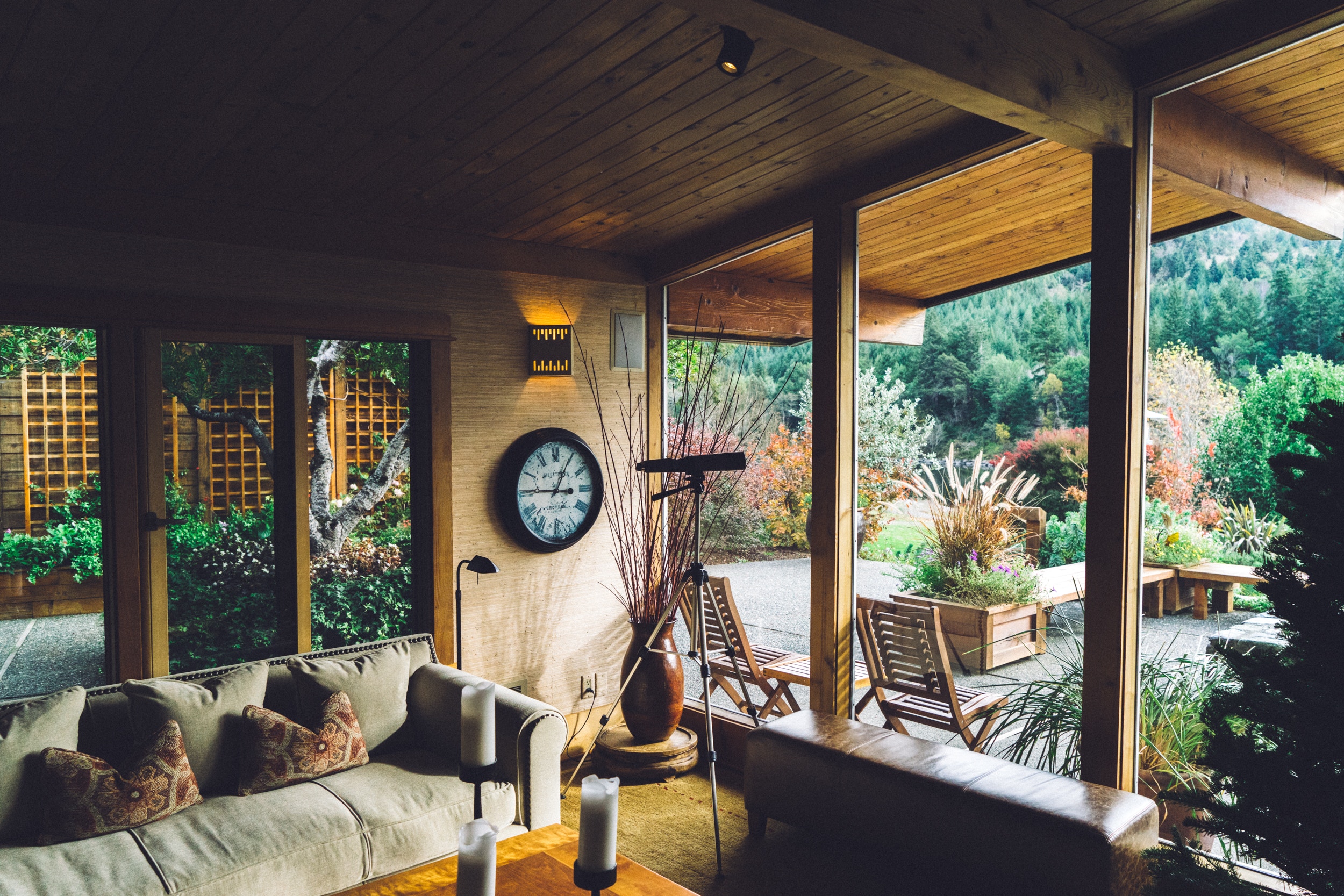If you’re shopping for a place to live, this may be one of your primary decisions. Is it better to buy brand-new? Or do homes, like wine, get better with time? It turns out there is no one-size-fits-all answer, but there are distinct pros and cons to each purchase. That means your final answer may boil down to a personal preference.
Here, Realtor.com tells you what to keep in mind when you’re trying to decide whether an old house or a new house is right for you.
Upfront costs: How much house can you afford?
New may be nice, but you pay for all that shiny newness. According to recent home price figures, the median cost of a new home is $335,400. Meanwhile, the median cost of an old home—often called an “existing home” in real estate terms—is only $240,500. In other words: You’ll pay almost $100,000 (or 30 percent) more for a new home. That’s a sizable price hike. However, that money you save buying an old home may not remain in your pockets that long, since old homes often are less energy-efficient—and thus will cost more to heat and cool. And sooner or later, something is bound to break down, too.
Maintenance: Love it or loathe it?
Old houses come with an inevitable need for repairs, replacements, and upgrades. New homes should be worry-free for several years, with a brand-new hot water heater, HVAC system and roof all but ensuring no major out-of-pocket expenses for at least eight to 10 years in most cases. If you’re seeking a life with fewer hassles, or don’t have money in reserve for emergency repairs and unexpected expenses, a new home may be the way to go. With a recently built home, you’ll have peace of mind that all systems are new, up-to-date and there are no problems that could come down the line. Some of those issues can be pretty drastic. For instance, if you’ve never heard about knob-and-tube wiring—commonly found in older homes—look it up. Then look at the cost to have it fixed or replaced. If you do go ahead and pursue the purchase of an aging home, it’s especially important to have a thorough home inspection. Doing so won’t just help you negotiate down the price, but give you an idea of all the problems that need to be fixed. And then you actually need to fix them. A small repair now may save you an extensive overhaul down the road, especially in the case of drainage, roof, windows, doors, and trim. Plus, if you decide to sell your house again, those same old issues will no doubt pop up again during the next home inspection.
Investment: Want a proven track record, or are you willing to take a risk?
A home isn’t just a family gathering space, but a financial investment. And with an older home, you can see on paper just how much the property has appreciated through the years. Although that doesn’t ensure future market appeal, at least you have something to go on. As for a new home? With no history to look back on, this purchase can be considered more of a gamble. The price could shoot up, or it could plummet. But in case things go south, there is this one silver lining. You’ll have less work to do in terms of making sure the home offers what the market demands in terms of energy-efficiency, design and other amenities.
Home design: Dig vintage or modern?
Looks matter a lot when it comes to choosing a home, and both old and new homes have their fans. With an older home, you’ll likely get some sense of historic tradition and thoughtful attention to detail. Think crown molding, real hardwood flooring, and if you’re lucky, a secret back staircase or dumbwaiter. On the other side of this debate, brand-new houses often sport the latest and greatest—for example, open living spaces with wide, accessible hallways and bathrooms and kitchens with energy-efficient, on-trend amenities.
Can you get the best of both worlds?
Want modern amenities, but maybe not in a brand-new home? You do have an option: Buy an older home with good bones and take the opportunity to renovate it or hire someone to do it. In other words, you may not have to choose between an old house versus a new house after all.

